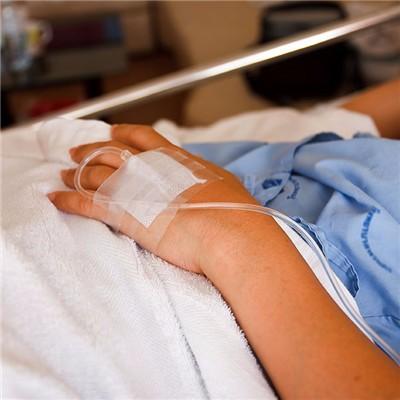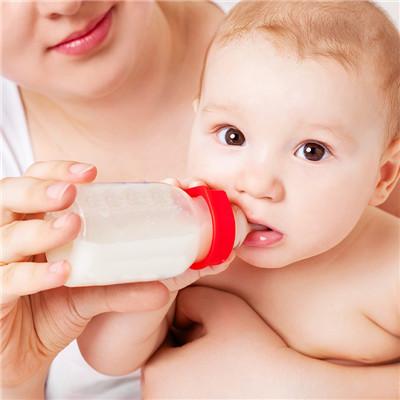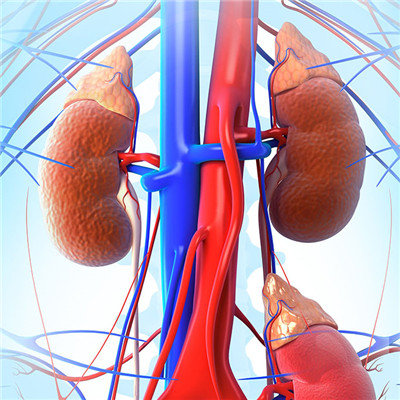Symptoms of pneumonia in children
summary
Pneumonia refers to acute lung parenchymal infection including alveolar cavity and interstitial tissue. According to the extent of disease, it can be divided into lobar pneumonia, segmental or lobular pneumonia, bronchopneumonia and interstitial pneumonia. According to the etiology, it can be divided into virus, mycoplasma, Rickettsia, bacteria, fungi and so on. The most common cause of infection in adults is bacterial infection, such as Streptococcus pneumoniae, anaerobic bacteria, Staphylococcus aureus, etc., while Mycoplasma pneumoniae is a common cause of infection in older children and young people. The main pathogens of pneumonia in infants and children are viruses, including respiratory syncytial virus and adenovirus. Pneumonia belongs to the category of "wind warm cough" in traditional Chinese medicine.
Symptoms of pneumonia in children
First, pneumonia happens very quickly. It's easy to get infected when your immunity is low or after rain. Sometimes it is mistaken for a cold, but pneumonia can cause headache, sudden high fever, or chills, and the temperature exceeds 38 degrees. The effect of cold medicine is not good.

Second, pneumonia coughs and expectorates. At the beginning, it is dry cough. Slowly, it will produce sticky sputum. Different bacteria will produce different sputum. Some of them have the same color as rust, and some of them have a bad smell.

Third, will feel chest pain, cough for a long time will cause chest pain, but also affect other parts. Fourth, it will be very difficult to breathe because of lung disease. It will be very difficult to breathe in and out, resulting in lack of oxygen, purple complexion and cyanosis.

matters needing attention
Pneumonia is a very painful disease. We should be careful to prevent it. When symptoms appear, we should go to the hospital in time. Because it will be infectious, we should pay attention to it. The most important thing is to fight against infection, aiming at different bacteria and viruses.














